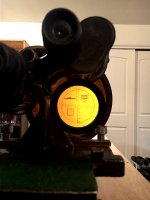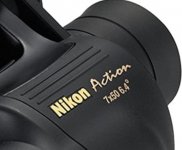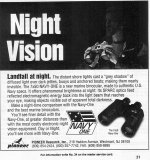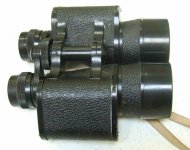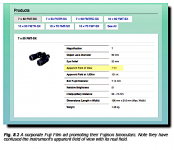Hello everyone!
I have been searching for binoculars for the last 2 weeks. I think I finally came with a final selection of the binoculars available in my region (but suggestions of other models are still welcome)
I'm a beginner in birdwatching and I want to buy reasonable binoculars for something around 100 euros. I selected these models so far:
Celestron 8x42 Outland (https://www.bhphotovideo.com/c/product/761213-REG/Celestron_71346_Outland_X_8x42_Binocular.html)
The exit pupil of just 5,3mm, but it is nitrogen filled, WP, with a slight better angle and field of view and lighter once it's made with roof prism. I read that roof prisms are more expensive, so seeing such binoculars with roof prism, nitrogen filling and multi-coated lenses makes me suspicious about the quality it actually delivers. It was also the cheapest in the local shops.
Nikon Aculon A211 7x50
(https://www.bhphotovideo.com/c/product/910777-REG/nikon_8247_7x50_aculon_a211.html)
I believe the minimum focus distance to be wrong, some websites say it is 4.
Nikon action vii CF 7x50 (model BAA652AA)
(https://www.amazon.co.uk/Nikon-BAA652AA-Action-VII-7x50-CF/dp/B000K6H9QM)
Seemingly of a better family (action) than the Aculon 211. I found old announcements selling them for 200 euros, what could potentially mean that they have superior optics. There also good reviews about them and, after all, they are Nikon. Nonetheless, I found few websites with info about it. I think I would buy these, but I'm still unsecure about what to choose.
Is there any major difference between them that I should have in mind before purchasing or not?
I'll be very grateful to whoever help me with it.
Thank you!
I have been searching for binoculars for the last 2 weeks. I think I finally came with a final selection of the binoculars available in my region (but suggestions of other models are still welcome)
I'm a beginner in birdwatching and I want to buy reasonable binoculars for something around 100 euros. I selected these models so far:
Celestron 8x42 Outland (https://www.bhphotovideo.com/c/product/761213-REG/Celestron_71346_Outland_X_8x42_Binocular.html)
The exit pupil of just 5,3mm, but it is nitrogen filled, WP, with a slight better angle and field of view and lighter once it's made with roof prism. I read that roof prisms are more expensive, so seeing such binoculars with roof prism, nitrogen filling and multi-coated lenses makes me suspicious about the quality it actually delivers. It was also the cheapest in the local shops.
Nikon Aculon A211 7x50
(https://www.bhphotovideo.com/c/product/910777-REG/nikon_8247_7x50_aculon_a211.html)
I believe the minimum focus distance to be wrong, some websites say it is 4.
Nikon action vii CF 7x50 (model BAA652AA)
(https://www.amazon.co.uk/Nikon-BAA652AA-Action-VII-7x50-CF/dp/B000K6H9QM)
Seemingly of a better family (action) than the Aculon 211. I found old announcements selling them for 200 euros, what could potentially mean that they have superior optics. There also good reviews about them and, after all, they are Nikon. Nonetheless, I found few websites with info about it. I think I would buy these, but I'm still unsecure about what to choose.
Is there any major difference between them that I should have in mind before purchasing or not?
I'll be very grateful to whoever help me with it.
Thank you!




